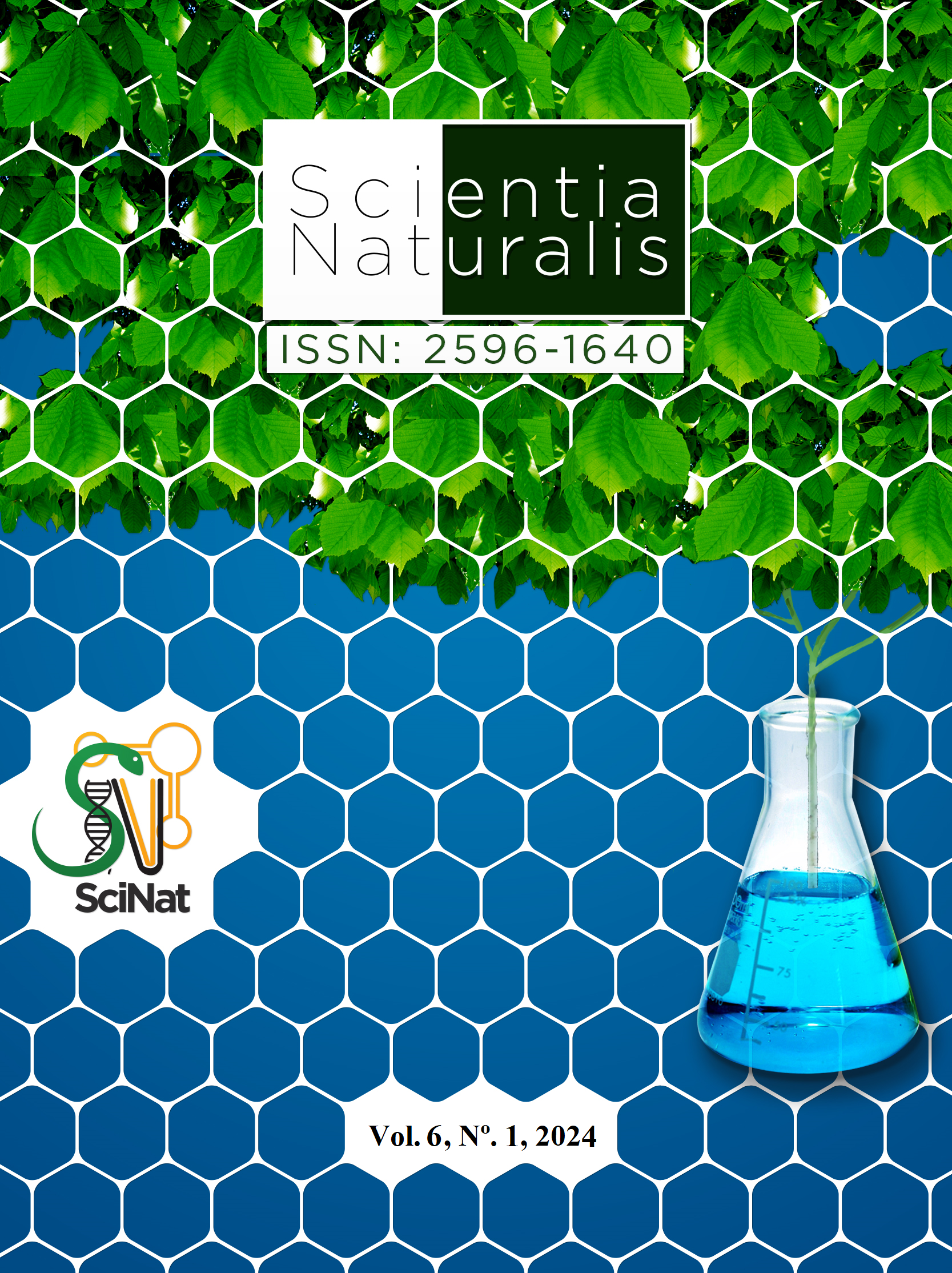Morphoagronomic characteristics of the main commercially exploited pineapple cultivars in Brazil
DOI:
https://doi.org/10.29327/269504.6.1-34Abstract
Although there is a wide genetic diversity of pineapple, with various wild and improved materials, only a few cultivars are commercially exploited. Estimates indicate that 70% of the world's production comes from the Smooth Cayenne cultivar. In addition to this, MD-2, Pérola, Perolera, Queen, Singapore Canning, and Española Roja are listed as the most relevant ones. The decision about which cultivar to plant is one of the most important steps in the pineapple production system. Suitable cultivars must be adapted to local conditions, productive, early-bearing, with fruits of the size, shape, and quality desired by the consumer market. The objective of this work was to conduct a survey on the main commercially exploited pineapple cultivars in Brazil. For this purpose, a systematic review was carried out, based on the National Cultivar Registry of the Ministry of Agriculture, Livestock, and Supply, as well as consultation of research organization databases, books, and scientific articles, both national and international. It was identified that in Brazil the Smooth Cayene and Pérola cultivars prevail although several local cultivars such as BRS Vitória, BRS Ajubá, BRS RBO, BRS Quinari, BRS Imperial, Turiaçu, and IAC Fantástico have high productive potential, excellent physicochemical and sensory qualities, and are grown in various regions of the country.




